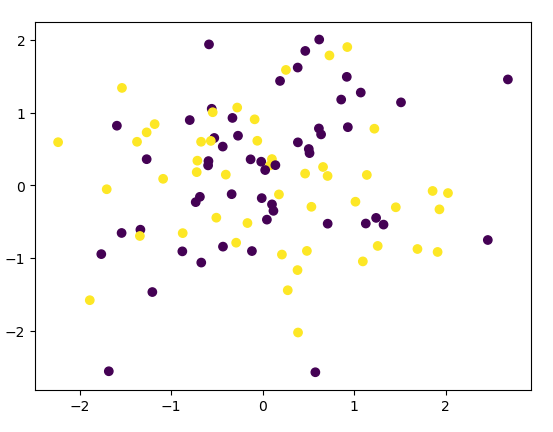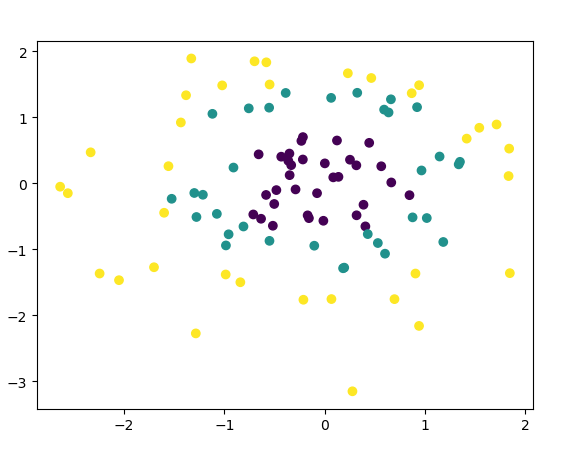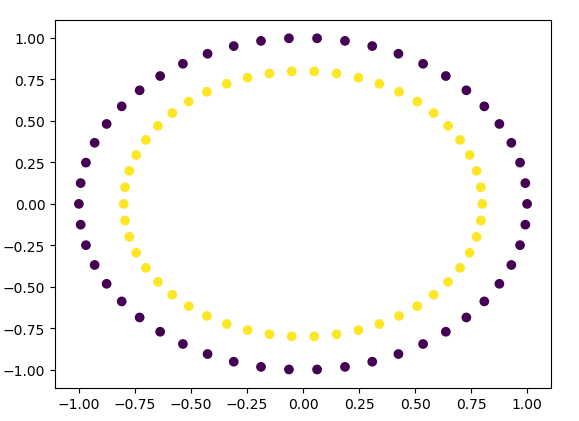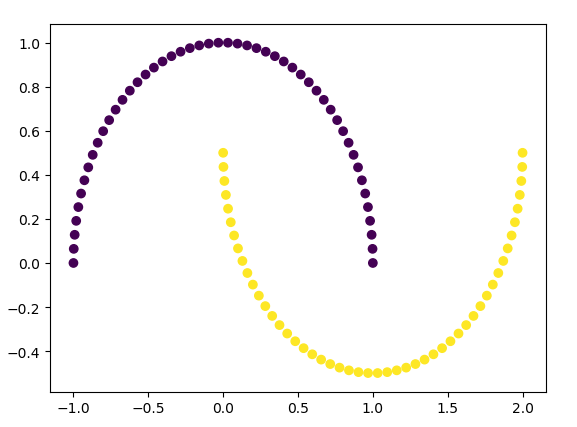Sklearn生成模拟数据集
随机样本生成
1 | import matplotlib.pyplot as plt |

高斯分布样本生成
1 | import matplotlib.pyplot as plt |

环形分布样本生成
1 | import matplotlib.pyplot as plt |

半环形分布样本生成
1 | import matplotlib.pyplot as plt |

1 | import matplotlib.pyplot as plt |

1 | import matplotlib.pyplot as plt |

1 | import matplotlib.pyplot as plt |

1 | import matplotlib.pyplot as plt |
